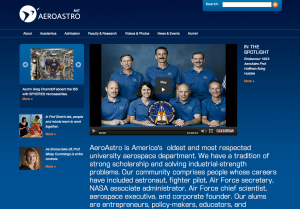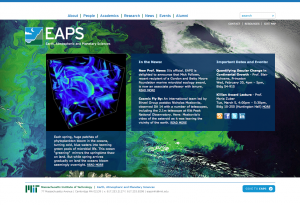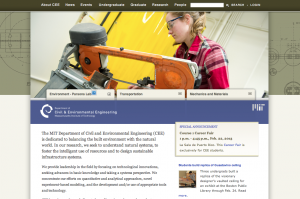Research Spotlight:
Global Aircraft Emissions
The Laboratory for Aviation and the Environment at MIT has developed an open source emissions inventory for global civil aviation based on flight schedules and modeling of aircraft performance and emissions. This emission inventory is now being used in atmospheric modeling work to improve our understanding of how aviation impacts the atmosphere. For example, recent work has shown that some flights create many times more tropospheric ozone than others. This implies that the environmental impact of a flight depends strongly on where (and when) it occurs – as well as its length.
Learn more about the Laboratory for Aviation and the Environment’s research.








